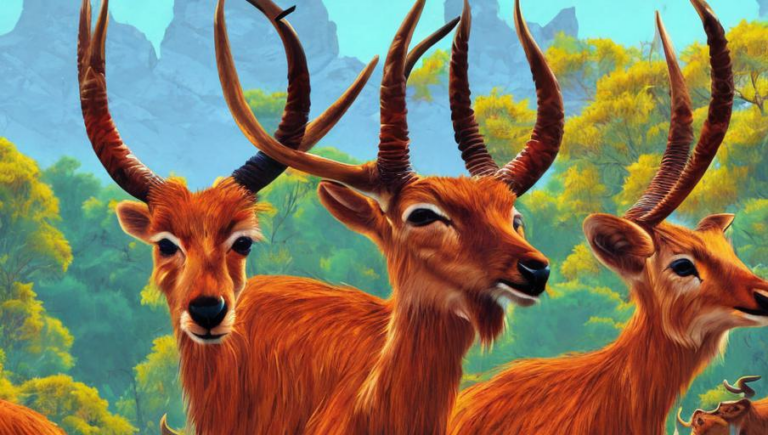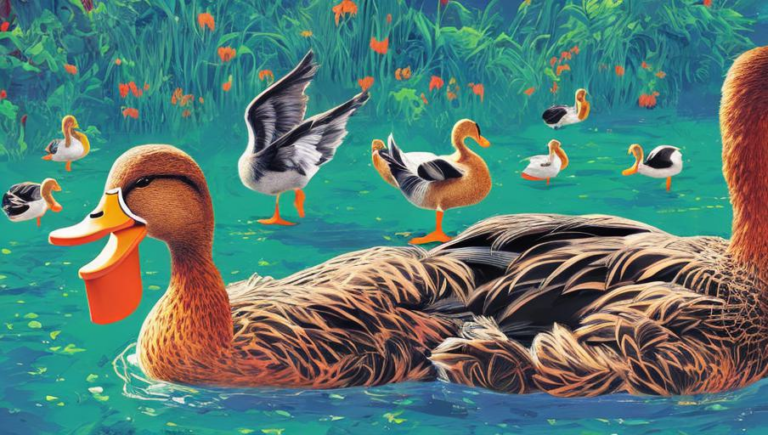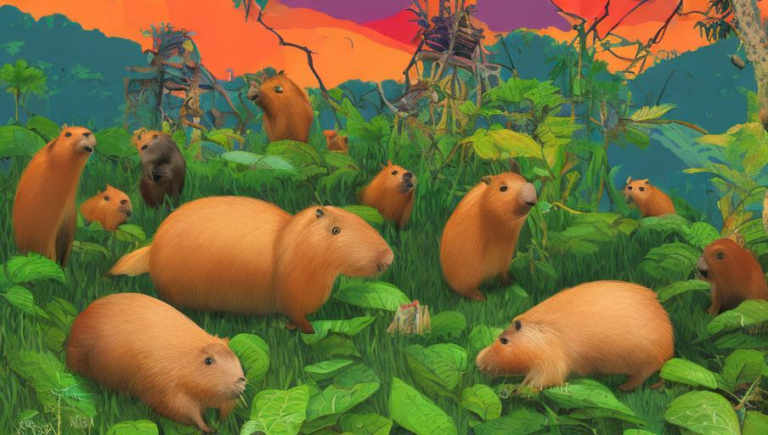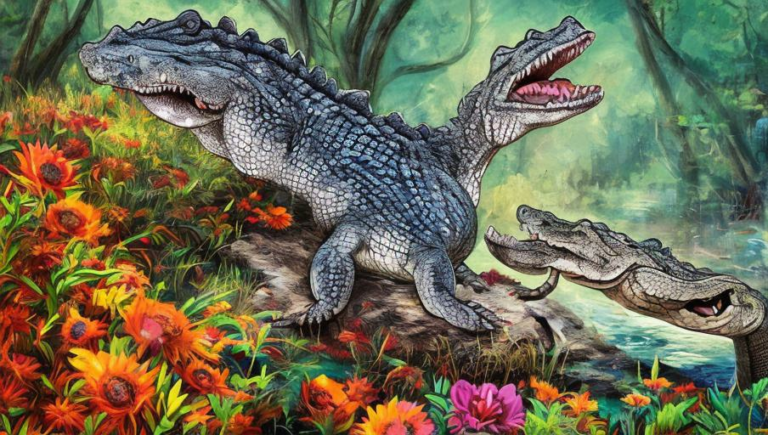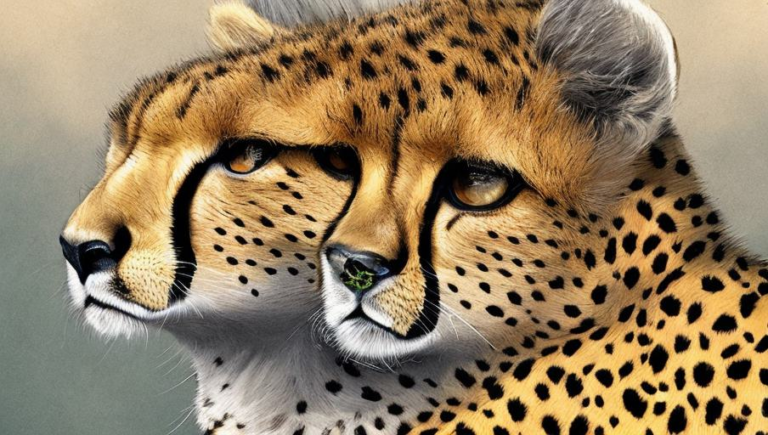Insightful Look at Antelope Habits and Behavior
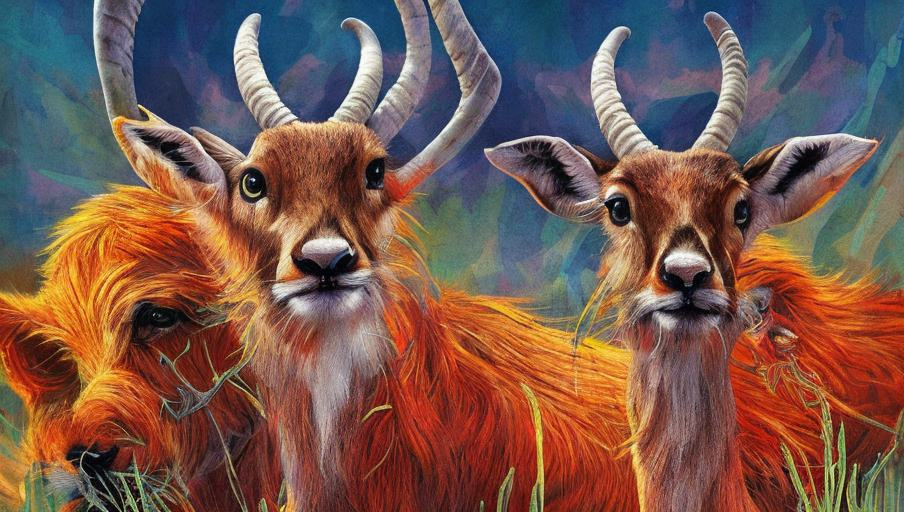
The Amazing Antelope
The antelope is an amazing creature found around the world in various habitats. The antelope is a mammal, and it is part of the Bovidae family, which includes cows, goats, sheep, and other similar animals. The antelope is known for its speed and agility, and it is able to outrun most predators. Antelopes come in a variety of shapes, sizes, and colors depending on their species. Some of the most common species include the blue wildebeest, the black wildebeest, and the impala.
Behavior and Habits
Antelopes are social animals and tend to live in large herds for protection. They are diurnal, meaning that they are active during the day, and very rarely active at night. They usually graze on grasses, fruits, and leaves, but some species can also feed on shrubs and trees. Antelopes are also known for their unique communication system, which includes loud calls and snorts. They also communicate through smell, using their scent glands to mark their territory.
Predators
Antelopes are preyed upon by a variety of predators, including lions, leopards, hyenas, and cheetahs. They are able to outrun most predators, but when a predator does catch up to them, they usually try to hide in the long grass or use their horns to defend themselves. In some cases, the antelopes will band together to protect one another from predators.
Reproduction and Young
Antelopes typically mate during the wet season, and the female will give birth to a single calf after a gestation period of around eight months. The young will stay with the mother for several months before joining the herd. The calves are able to run soon after they are born, and they will stay with their mother until they are old enough to join the herd.
Conservation Status
Many species of antelope are listed as vulnerable or endangered due to habitat loss and hunting. Conservation efforts are underway to protect these species and their habitats. These efforts include the establishment of national parks and reserves, and the implementation of stricter hunting regulations. It is important for us to continue to protect these animals, so that future generations can enjoy the beauty and wonder of these amazing creatures.
